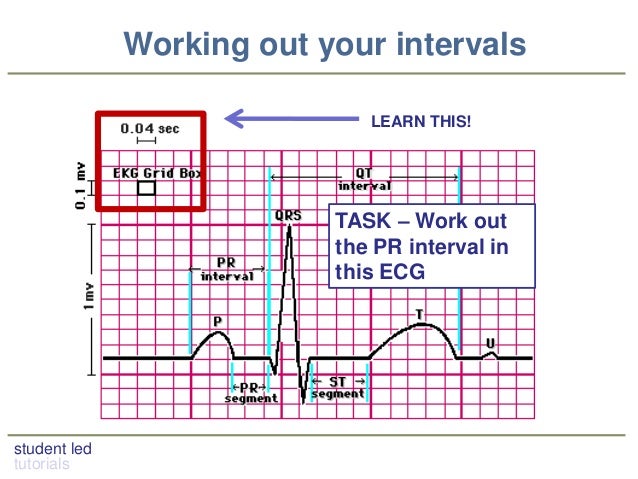


When QTc ≥500 ms, there is unequivocal diagnosis of LQTS, whereas for borderline cases of QTc prolongation (i.e., 470 ms ≤ QTc <500 ms for males, 480 ms ≤ QTc <500 ms for females) further clinical investigations are needed to be performed to clarify whether LQTS exists. Figure 1 shows an algorithm for the diagnostic evaluation of athletes with suspected LQTS. Key Messages: Exercise testing appears to have an important role in the diagnostic evaluation of athletes with prolonged QT interval, when genetic testing is not available.Īccording to international recommendations for ECG in athletes, further evaluation for LQTS is indicated in male athletes with QTc ≥470 ms and female athletes with QTc ≥480 ms. The main findings on exercise testing that are suggestive of LQTS can be the paradoxical prolongation of QTc during exercise and QTc ≥480 ms at fourth min of recovery. Clinical diagnostic investigations, including exercise testing, are more readily available, convenient, and easily interpretable, as well as less costly than genetic testing for LQTS. Apart from QTc ≥500 ms, diagnostic challenges arise in borderline cases of QTc prolongation, where further clinical investigations are needed to be performed to clarify whether LQTS exists. Summary: According to international recommendations for electrocardiogram in athletes, further evaluation for long QT syndrome (LQTS) is indicated in male athletes with corrected QT (QTc) ≥470 ms and in female athletes with QTc ≥480 ms. Background: The physiological QT prolongation in athletes is expected to widen the gray zone between physiology and pathology of QT, increasing the diagnostic challenges encountered in athletes with QT prolongation.


 0 kommentar(er)
0 kommentar(er)
